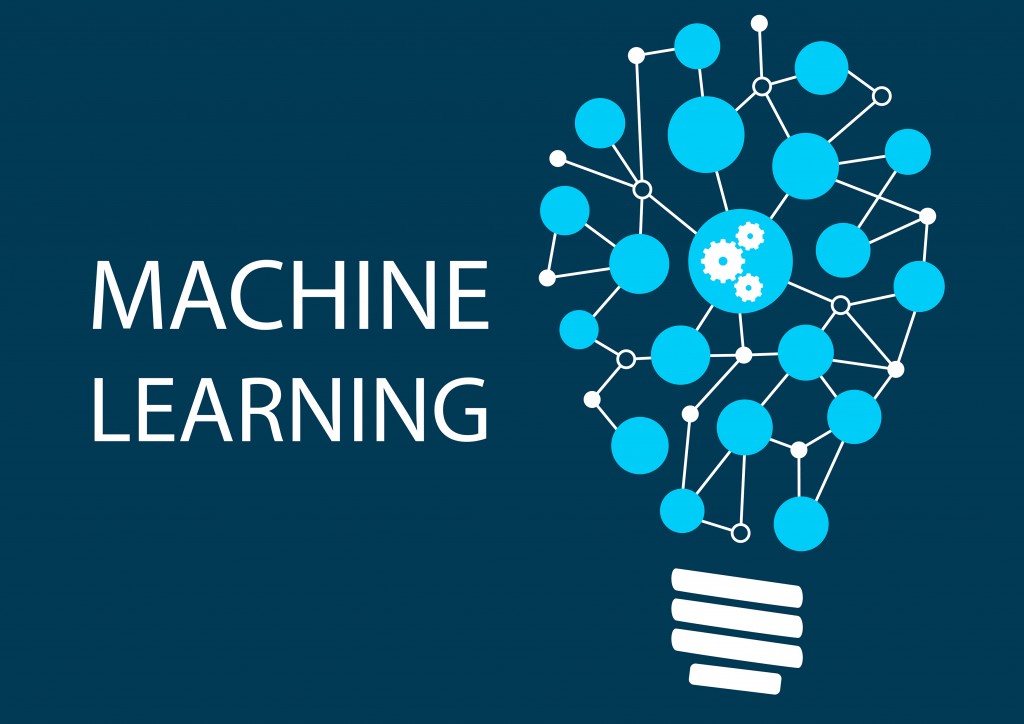
Machine Learning is currently one of the hottest topics in IT. The reason stems from the seemingly unlimited use cases where machine learning can play from fraud detection to self-driving cars, and even identifying your ‘gold card’ customers to price prediction.
But what is the future for this fascinating field? Where is it going? What will be the next best thing? Where will we be in ten years time? Truth is, whatever the next great leap is will likely be a surprise to us all, but having experience helping customers all over the world in this area, I want to make five predictions about areas and use cases where I believe Machine Learning will play
- Quantum Computing
Machine-learning tasks involve problems such as manipulating and classifying large numbers of vectors in high-dimensional spaces. The classical algorithms we currently use for solving such problems take time. Quantum computers will likely be very good at manipulating high-dimensional vectors in large tensor product spaces. It is likely that both the development of both supervised and unsupervised quantum machine learning algorithms will hugely increase the number of vectors and their dimensions exponentially more quickly than classical algorithms. This will likely result in a massive increase in the speed at which machine learning algorithms will run
2. Better Unsupervised Algorithms
Unsupervised learning occurs when no labels are given to the learning algorithm, it is left on its own to find structure in the input data. Unsupervised learning can be a goal in itself, such as discovering hidden patterns in data; or a means towards an end, often called feature learning. It is likely that advances in building smarter, unsupervised learning algorithms will lead to faster and more accurate outcomes
3. Collaborative Learning
Collaborative learning is about utilizing different computational entities so that they collaborate in order to produce better learning results than they would have achieved on their own. An example of this would be utilizing the nodes of an IoT sensor network, or what is called edge analytics. With the growth of the IoT, it is likely that large numbers of separate entities will be utilized to learn collaboratively in many way
4. Deeper Personalization
Personalization can be great, but it can also be equally annoying. We have all experienced recommendations that seem to bear no actual relation to anything that we may actually be interested in. In the future, users will likely receive more precise recommendations and adverts will become both more effective and less inaccurate. The user experience will vastly improve for all
5. Cognitive Services
This technology includes kit like APIs and services, through which developers can create more discoverable and intelligent applications. Machine Learning API’s will allow developers to introduce intelligent features such as emotion detection or speech, facial and vision recognition as well as language and speech understanding into their applications. The future of this field will be the introduction of deeply personalized computing experiences for all.
These are things I think can and should happen in the machine learnings bright future, but it is equally like that the introduction of some new unknown disruptive technology will result in a future of which will we would never have predicted.
For more information on Machine Learning, including an introduction to the topic and overview of the Talend Machine Learning components, check out my Talend Expert Session recordings here.
Check Also:

